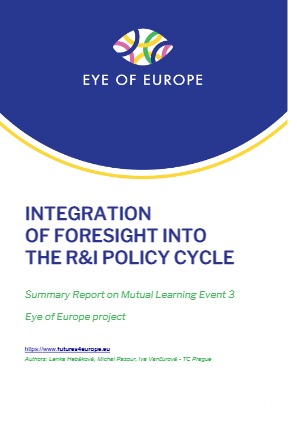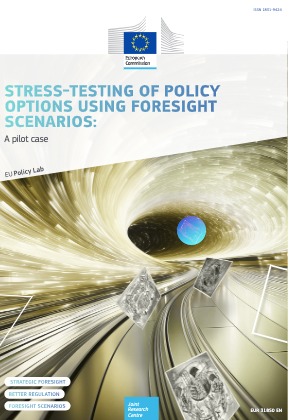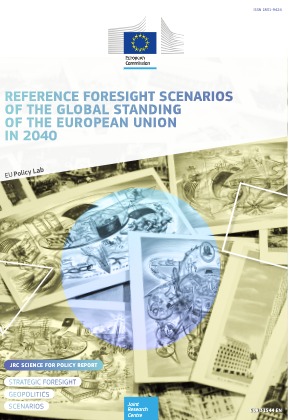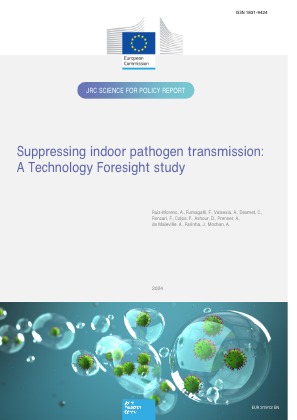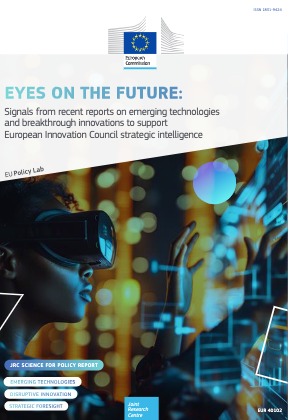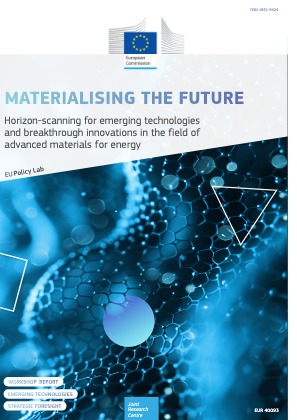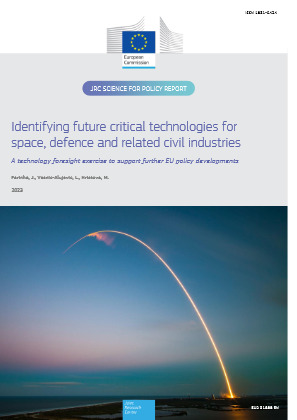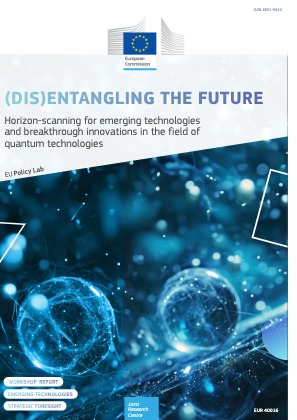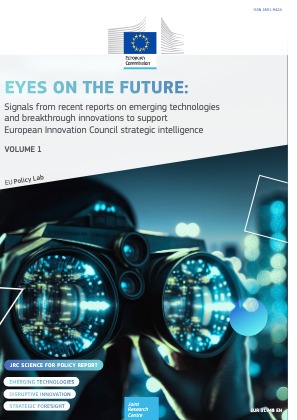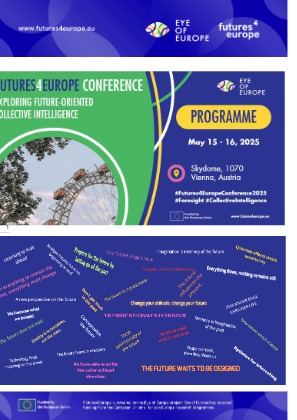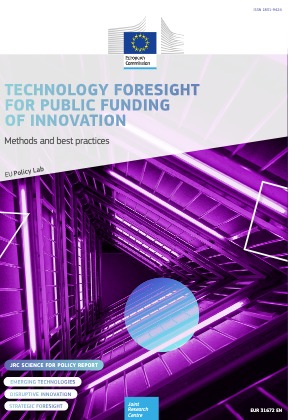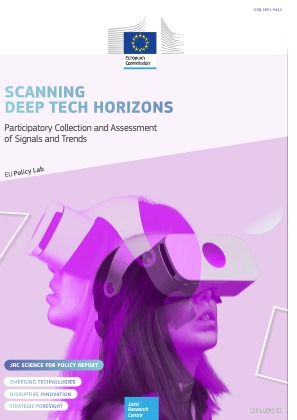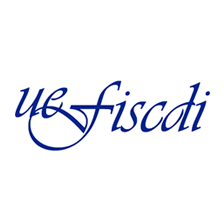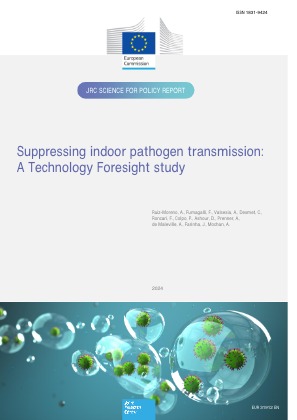The CROSSEU project was launched in response to growing societal needs for effective climate action and stronger socio-economic resilience. As climate change continues to impact our world, it becomes crucial to understand and manage its complex effects.
Objective(s)
CROSSEU aims to respond to increasing societal needs to reduce climate-damaging actions, adapt to the expected consequences, and increase socio-economic resilience.
The main ambition of the project is to provide a science based and ready to use decision support system built on enhanced understanding of the biogeophysical risks from climate change, and their socioeconomic impacts in Europe, fully co-produced and implemented with practice stakeholders to ensure its uptake, and support effective coping with sectoral and cross sectoral climate risks within the context of the European green transition.
It will do this by delivering a climate-sensitive framework, including a ready-to-use decision support system platform and technical recommendations, to inform investment decisions, cost-effective adaptation and mitigation options and policy response to climate change.
The project will contribute to advancing the understanding of the socio-economic risks and response options associated with climate change impact in Europe in different timeframes, including the post-COVID-19 societal-environmental transformation, and derive practical recommendations for political and societal action.
The solutions proposed are based on an extensive assessment of the socio-economic risks of climate change in a cross-sectoral hierarchical approach, based on storylines addressing key categories of climate hazards in different socio-economic sectors and climate change-sensitive areas across countries and European regions.
The project will offer a ready-to-use solution that integrates complex information from available climate risk data sets and non-climatic sectoral data collected during the project implementation and derived through modelling based on demand-driven climate-socio-economic pathways.
CROSSEU is designed to bridge the science-based information about the economic impacts of climate change, and the unique contributions of the project will be:
1. the quantification of costs of existent and emergent socio-economic risks and opportunities at NUTS3 level
2. an improved representation of adaptation within biogeophysical climate change risk
3. a better consideration of modelling uncertainties by identifying their nature, assessing their characteristics in a systematic way to determine a better informed and robust decision-making.
The project's foresight component is crucial for projecting how various climate impacts will unfold under different global pathways (RCP-SSP). By examining future scenarios, it allows decision-makers to anticipate and plan for the most critical challenges, helping societies prepare for the compounded effects of climate change across sectors. The focus on cross-sectoral linkages emphasizes the need for integrated, multi-dimensional strategies to address both immediate and long-term climate risks, while ensuring social equity and resilience.
Future scenarios involve identifying and evaluating highly vulnerable areas across Europe in terms of their exposure to climate change, sensitivity to its impacts, and adaptive capacity. It focuses on key sectors—such as biodiversity, health, agriculture, forests, and water—and examines how these areas are likely to experience intense climate changes, particularly extreme events, in the future (2030, 2050, 2100).
Outputs
- Enhance the modelling of mitigation and adaptation strategies in relation to projected bio-geo-physical processes and socioeconomic risks to different sectors for different time horizons (i.e. 2030, 2050 and 2100) considering both the individual characteristics and interactions between the various sectors
- Co-assess synergies conflicts and trade-offs between mitigation and adaptation strategies across different sectors regions
- Co-produce ready to use tools integrated in a science based decision support system for assessing the social and economic impacts of climate change, and support mitigation and adaptation options towards a climate resilient Europe
- Consolidate the European union's response to climate change challenges and social and economic impacts in the context of the transformation related to the post COVID-19 crisis and geopolitical challenges
Expected outcomes
1. The project delivers a science based and ready to use decision support system built on enhanced understanding of the biogeophysical risks from climate change, and their socioeconomic impacts in Europe, fully co-produced and implemented with practice stakeholders to ensure its uptake.
2. The project consistently contributes to enhancing the overall impact of the destination climate across the EU
3. The project facilitates an improved understanding of the nature and extent of physical risks climate change driven hazards and their socio economic impacts at different levels of warming with or without adaptation
4. CrossEU integrates social sciences and humanities perspectives and insights throughout its entire workflow, engaging stakeholders including representatives of communities or citizen groups, sectoral policymakers, businesses, the scientific community, and civil society, through the entire project cycle.
CROSSEU is an EU funded project, with UK partners funded by UKRI.




